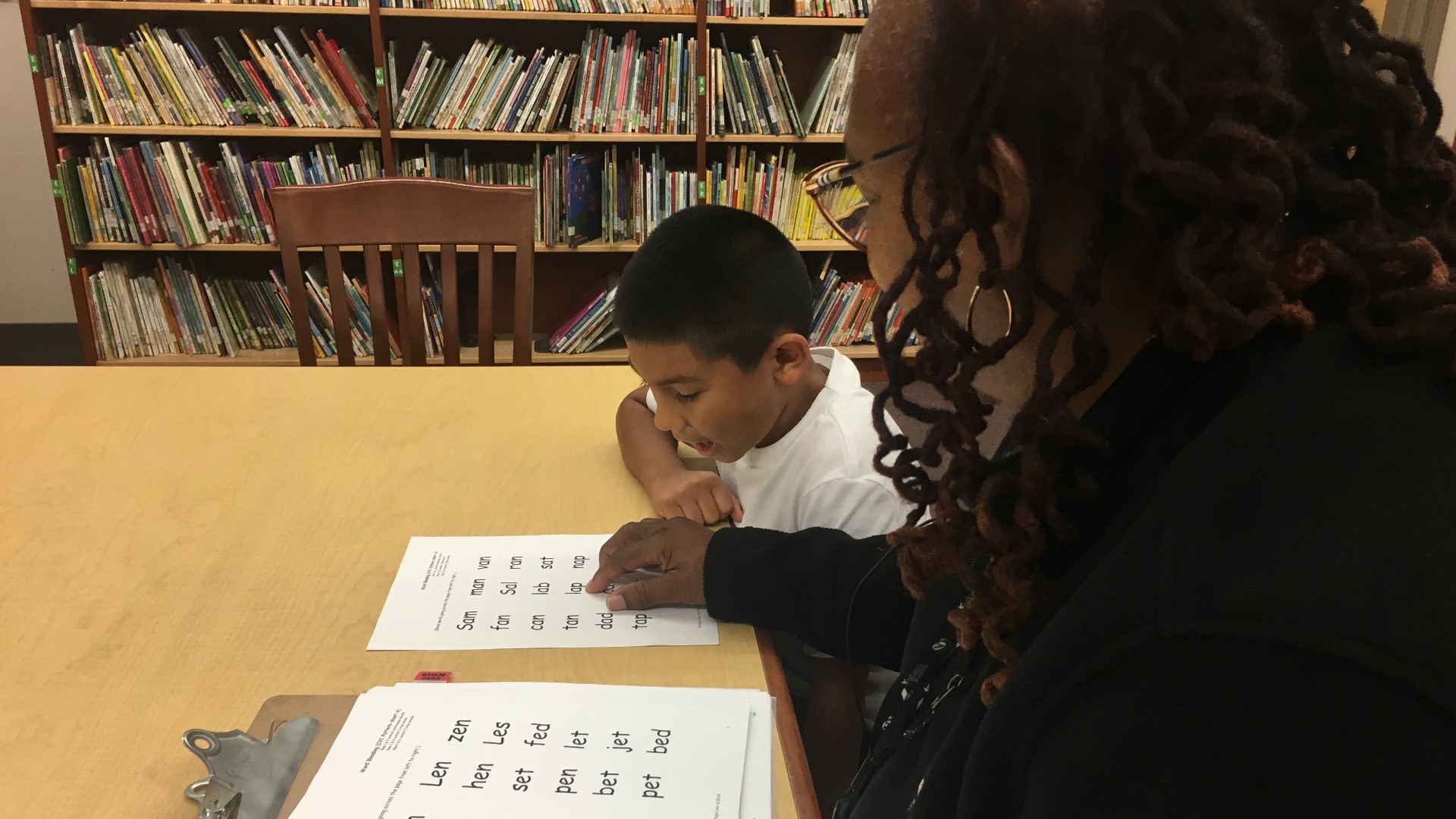STOCKTON, Calif. — When it comes to access to neighborhoods that promote health and development in children, Stockton is among the worst, according to a recent study from Brandeis University.
In an update to their 2014 study on child opportunity, Brandeis University launched the Child Opportunity Index 2.0. Overall, the study showed how access to neighborhood conditions like good schools, healthy foods, safe parks, playgrounds, clean air, safe housing, and living-wage jobs for adults varied across the country, within states, and even with metros.
The recent study scored 100 metros across the country, where they say two-thirds of children live. With those parameters, California was always going to appear a few times on the list. But nearly half of the California metros included ranked among the worst.
Stockton was among the lowest, ranked as the fourth worst place for child opportunity. It was joined by fellow Central Valley metros Fresno and Bakersfield and Southern California's Riverside.
“There’s certainly a pattern that metro areas in the Central Valley do worse than the ones at the coast,” Clemens Noelke, a research director for the study and instructor with Brandeis University.
Noelke explained the ranking factored the lower economic resources, higher poverty rates, lower levels of household income, lower math and reading proficiency in elementary schools, worse air quality, and even exposure to extreme heat in the summer.
Showing the extremes in the state, San Francisco and San Jose were among the top scoring metros for child opportunity. Sacramento fell along the middle of the rankings.
The study claims the inequities in opportunity can limit chances for children to reach their full potential, satisfy their needs and enjoy their childhood.
In Stockton and Sacramento's case, there are high opportunity areas available but not everyone has access to them.
RELATED:
Overall score for NorCal metros:
Stockton's child opportunity score was a 27 out of 100, putting it just seven points ahead of Bakersfield, the lowest scoring metro in the country.
"You see low opportunity areas in the central city [of Stockton] and higher opportunity areas in the surrounding suburbs," said Noelke. "Not all of them. It tends to be clustered spatially.”
More than half of children in the Stockton-Lodi metro live in low to very low opportunity neighborhoods, according to the study. Only 5% lived in high opportunity neighborhoods and none were categorized as living in a very high opportunity neighborhood.
- 43% live in a very low opportunity neighborhood
- 22% live in a low opportunity neighborhood
- 30% live in a moderate opportunity neighborhood
- 5% live in a high opportunity neighborhood
Comparatively, the study had 38% of children living in very low to low opportunity neighborhoods in the Sacramento metro area, and 42% living in high opportunity to very high opportunity neighborhoods.
- 21% in very low opportunity neighborhood
- 17% in low opportunity neighborhood
- 19% in moderate opportunity neighborhood
- 22% high opportunity neighborhood
- 20% very high opportunity neighborhood
The California Central Valley had some of the lowest child opportunity scores in the U.S., but, in a display of extremes, San Jose and San Francisco had some of the highest levels of opportunity in the country.
“The spatial proximity of very high opportunity areas and very low opportunity areas is striking," said Noelke. "For example, the San Jose-Santa Clara metro area is one of the best in the nation… The San Francisco one also ranks very high, and those are right next to Sacramento and Stockton, which rank very low overall.”
California wasn't necessarily unique in this situation. Noelke said the study showed inequality of opportunity across the country.
Scores along race and ethnicity:
“Hispanic and black African-American children are much more likely to live in low-opportunity neighborhoods, and that is true almost everywhere across the country,” said Noelke.
Nationally, the study showed that about 60% of Black and Hispanic children live in low or very low opportunity neighborhoods compared to about 20% of white and Asian/Pacific Islander children.
Stockton ranked among the worst metros for child opportunity by race/ethnicity in Hispanic, White, and Asian/Pacific Islander children.
Stockton
- 17 in child opportunity for Black children
- 19 in child opportunity for Hispanic children
- 43 in child opportunity for white children
- 31 in child opportunity for Asian/Pacific Islander children
For comparison, here's how Sacramento performed.
Sacramento
- 27 in child opportunity for Black children
- 38 in child opportunity for Hispanic children
- 63 in child opportunity for white children
- 59 in child opportunity for Asian/Pacific Islander children
While the rankings placed Stockton among the lowest for child opportunity, Noelke says there are still opportunities to close gaps and provide better access and opportunity to children. Among those options are improved schools, improved access to early childhood education, and housing policy.
To read the full study, click HERE.
RELATED:
STAY UP TO DATE ON EVERYTHING HAPPENING IN STOCKTON BY DOWNLOADING THE ABC10 APP:
►Stay In the Know! Sign up now for ABC10's Daily Blend Newsletter
WATCH ALSO: Stockton's history of gang violence



